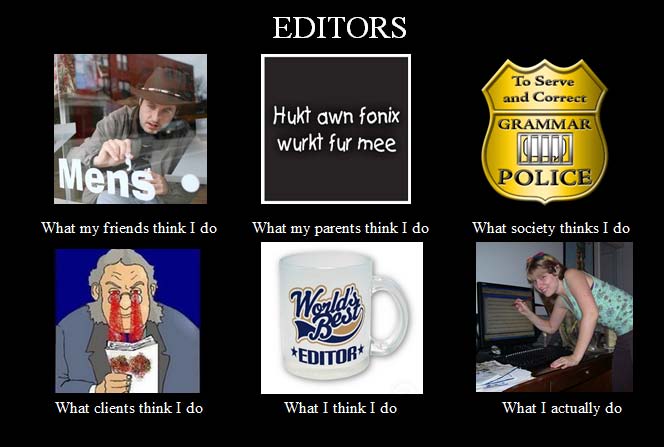People are good for a multitude of things. One of those things is intelligently
reading webpages for their needs. Redish
describes how “Writing Web Content That Works” is crucial in creating a
webpage. The audience is hands
down the most important part when making a webpage so you must understand them
before you start.
Seven steps to understanding your audiences: (3)
- List your major audiences.
- Gather information about your audiences.
- List major characteristics for each audience.
- Gather your audiences’ questions, tasks, and stories.
- Use your information to create personas.
- Include the persona’s goals and tasks.
- Use your information to write scenarios for your site.
Above is a homepage from Epic PR Group based in Alexandria,
Virginia. Originally, I sought the
webpage because it wasn’t very functional, was difficult to navigate, and was
extremely hard to find what you were looking for. But to my surprise, the website has completely been redone
since I have interned for the public relations firm. The navigation bar at the top of the page provides shortcuts
titled ‘Who We Are,’ ‘What We Do,’ ‘What We Think,’ ‘What You Need to Know,’
and ‘Contact Us.’ Overall, I think
the redesign is mainly positive. What else does the site do well?
Despite a redesign, I still think their website could use a
bit more of a user-friendly interface.
There is no search bar and it isn’t obvious at a first glance that Epic
is a public relations firm. They
do provide a unique ‘Stay Informed’ form at the bottom, but who knows what you’re
really signing up for? What other improvements do you think Epic
could have made?



